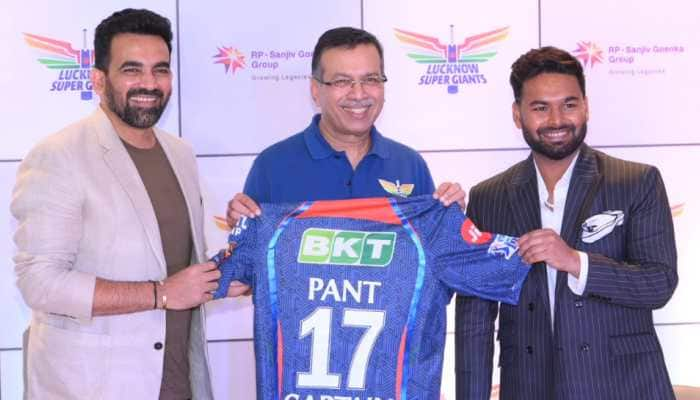From spy games with US to deterring neighbours, a look at India’s nuclear journey from 1974
India had upped its nuclear programme since its defeat to China in 1962, and the Nuclear Non-Proliferation Treaty (NPT) provided further impetus to the same. The Indira government had refused to be a signatory to NPT in 1968, terming it “nuclear apartheid”
- India surprised the world by conducting its first nuclear test at Pokhran on May 18, 1974
- The project was codenamed ‘Project Smiling Buddha’ as it was Buddha Purnima on the day
- India became the sixth nuclear nation in the world after the 5 permanent UNSC members
Trending Photos
) Zee News file pic
Zee News file pic New Delhi: India surprised the world by conducting its first nuclear test at Pokhran, codenamed ‘Project Smiling Buddha’, on May 18, 1974. The project was so named as it was Buddha Purnima on the day. With this development, India became the sixth country in the world after the five permanent members of the United Nations Security Council (UNSC) to go public about its nuclear test. “The Buddha has finally smiled,” BARC director Raja Ramanna had quipped to then Prime Minister Indira Gandhi after the successful test.
India had upped its nuclear programme since its defeat to China in 1962, and the Nuclear Non-Proliferation Treaty (NPT) provided further impetus to the same. The Indira government had refused to be a signatory to NPT in 1968, terming it “nuclear apartheid”.
The NPT’s stated objective was to prevent the spread of nuclear weapons and promote disarmament, but it actually divided the world into nuclear haves and have nots. The former comprised the five permanent members of UNSC – the United States, the United Kingdom, France, Russia and China. As the West fretted over India’s nuclear test, the Indira government insisted that it would use its nuclear technology only for peaceful purposes and not war.
Operation Shakti
Cut to May 11, 1998, and India conducted its second nuclear test codenamed Operation Shakti, once more at Pokhran. This time too, the government, scientists and military were able to hoodwink American satellites, hair-raising details of which were given by veteran journalist Raj Chengappa in his book, “Weapons of Peace: The Secret Story of India’s Quest to be a Nuclear Power”.
The Indian Army carried out dummy exercises so as to be noticed by American satellites, and fool the CIA into thinking that those were routine activities. As the US huffed and puffed after the tests, PM Atal Bihari Vajpayee shot off a strongly worded letter to US President Bill Clinton, pointing to neighbourhood threats from China and Pakistan, and why India needed nuclear deterrence. But as expected, strong US sanctions followed, only to be lifted a few months later.
Since then, India has come a long way as a nuclear power. In 2008, US President George W Bush and PM Manmohan Singh signed the Indo-US Civil Nuclear Agreement. The deal opened the window for India to engage in nuclear commerce, the first non-NPT country to do so. By then, India had gained recognition as nuclear power and emerged as a strategic partner for the US in Asia – partly because of the 9/11 attacks, followed by America’s war on terror.
Since the early 2000s, India had gradually started nuclear cooperation with the US, UK, France and Russia, but not China. By now, it would have entered the Nuclear Suppliers Group (NSG) had it not been for stubborn resistance from China.
India’s nuclear arsenal
No country, including India, releases actual details of their nuclear arsenal. But according to the Stockholm International Peace Research Institute, India’s nuclear arsenal comprises 90-110 nuclear weapons.
US-based Arms Control Association (ACA) believes India has an intermediate-range ballistic missile that can deliver a single warhead over 3,000 km. It is also developing two intercontinental ballistic missiles.
India’s other delivery systems include multiple nuclear-capable short and medium ballistic missiles, which are under the control of its Strategic Forces Command. Indian nuclear delivery systems also feature a land-attack cruise missile called BrahMos, which was jointly developed with Russia and has an estimated range of 300-500 km.
Further, India has a nuclear-powered ballistic missile submarine that completes its “nuclear triad”, i.e. the ability to launch nuclear strikes by land, air and sea. It also has a range of aircraft available for potential nuclear payload delivery.
Stay informed on all the latest news, real-time breaking news updates, and follow all the important headlines in india news and world News on Zee News.
Live Tv







)
)
)
)
)
)
)
)
)
)
